Museum Week is an international online event that is running from 19th to 25th June 2017. Organised in collaboration with UNESCO, the Museum Week is a chance for heritage institutions across the world to share and talk about our passion for heritage with the public through social media. This year we are celebrating equality by dedicating the Museum Week to all women in the world.
The Maritime Archaeology Trust will be sharing with you our take on Museum Week. In collaboration with the Shipwreck Centre and Maritime Museum on the Isle of Wight we will be looking through their collections and bring you artefacts and histories that are linked in with the theme of the day.
Saturday’s theme for the week is TRAVEL!

One rupee from 1917. Source: https://www.marudhararts.com/e-shop/pid-no-6566/bank-note-of-india/british-india-notes/k-g-v-/british-india-one-rupee-note-of-king-george-v-of-1917-.html
Artefacts recovered from shipwrecks have a natural connection with travel. Either they have been on board the ship and travelled to the same destinations or they originate from the destinations visited by the ship. The Shipwreck Centre’s collection has numerous items that have a connection to maritime travel. Some are extremely fascinating to the viewer, such as the “Feejee mermaid” that was discussed in a previous blog post.

Indian rupees on display at the Shipwreck Centre from the SS Camberwell. Credits: Shipwreck Centre and Maritime Museum
On the wreck of the SS Camberwell, divers found Indian rupee banknotes which were still recognisable. Remarkably these had survived for 70 years before they were brought back to the surface. The SS Camberwell sunk on the 18th May 1917 when it struck a mine and sunk 6 miles SE of Dunnose Head on the Isle of Wight. Sadly seven people perished with the sinking of the ship, all with Indian heritage.
India was officially recognised as a British colony in 1858 when the Crown took control of India from the East Indian Trading Company. Lascars, or Indian sailors had already been employed by the EITC as sailors in the 17th century. With the Royal Navy’s demand for sailors during wars the number of Indian sailors quickly rose. By 1917 the number of Indian sailors on British registered vessels were up to over 51 000.
The rupees found on the SS Camberwell tell the journey of the people connected with the ship. Like the mermaid and the HMS Victory’s logbook mentioned earlier this week, the bank notes have travelled far before ending up on display at the Shipwreck Centre on the Isle of Wight. Just like the people on board the SS Camberwell before it sank in 1917.
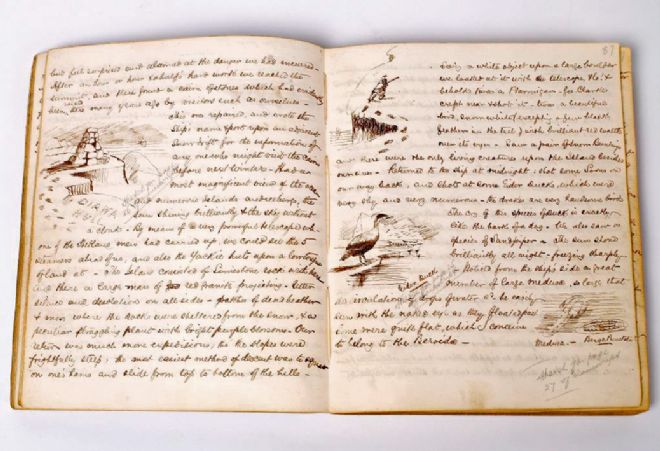
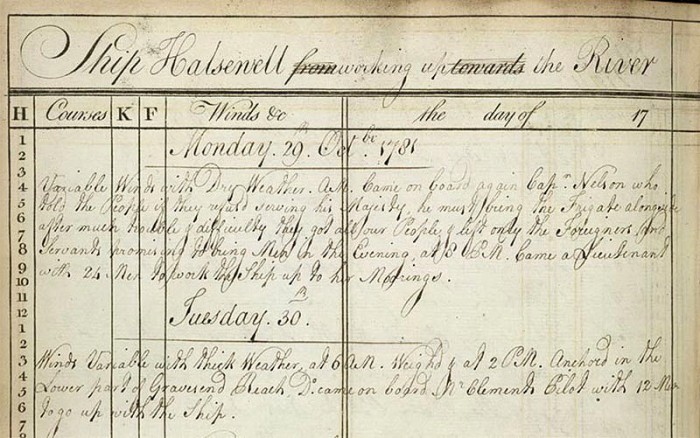
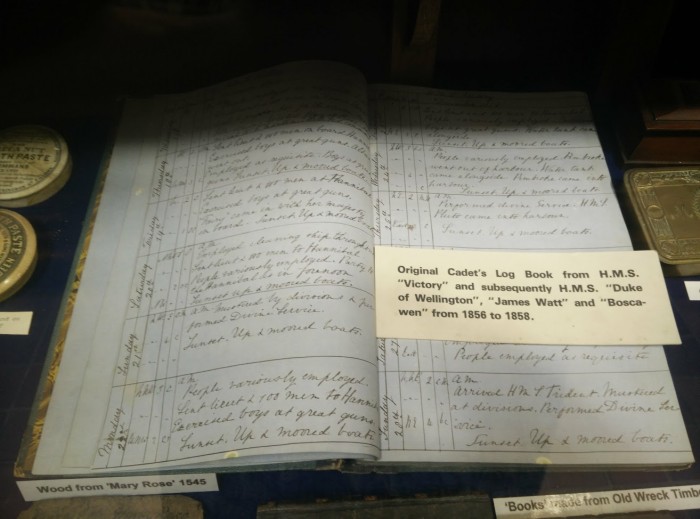





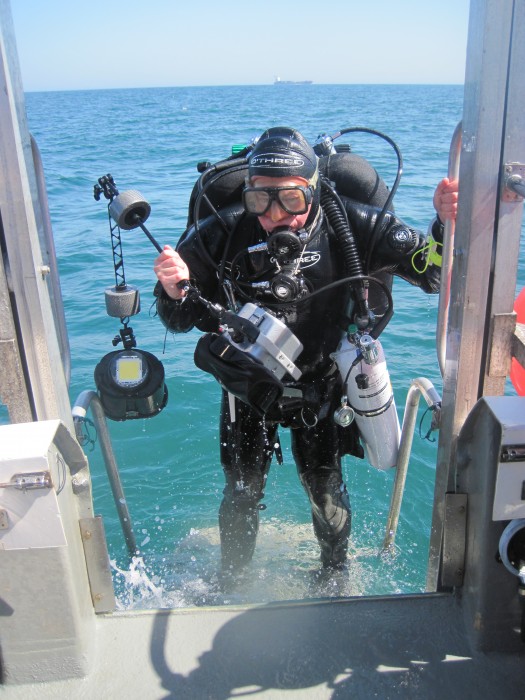
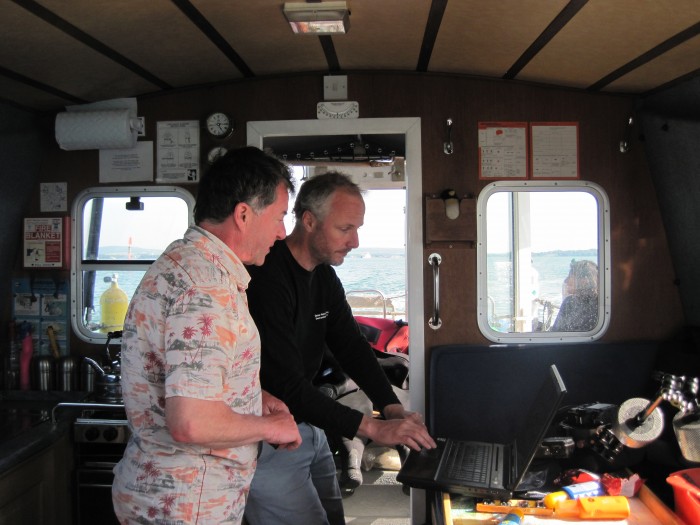
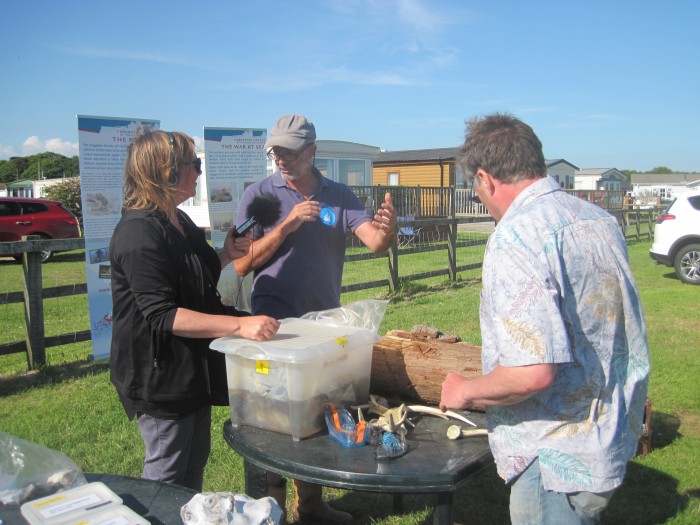
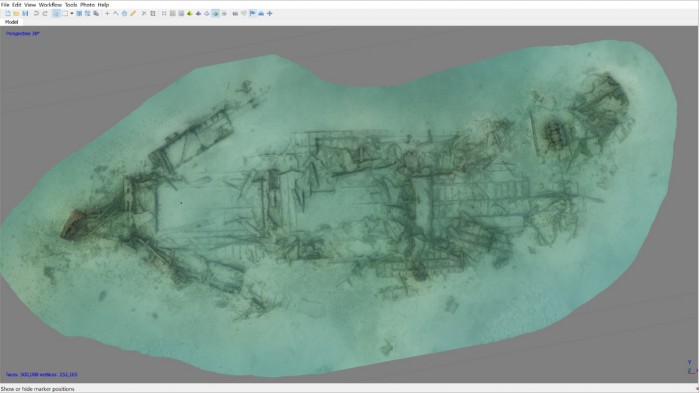
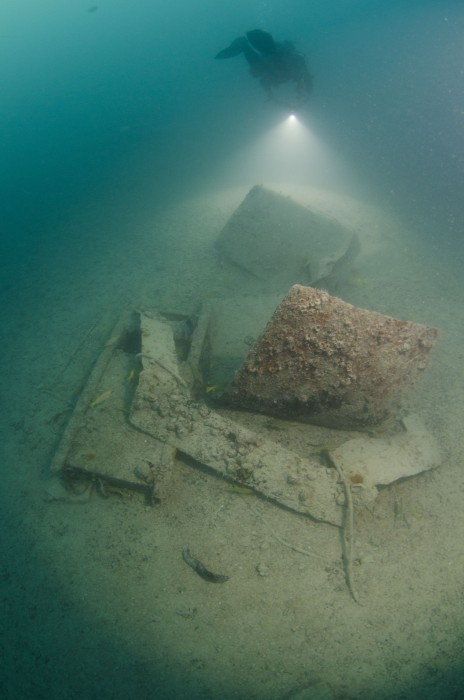
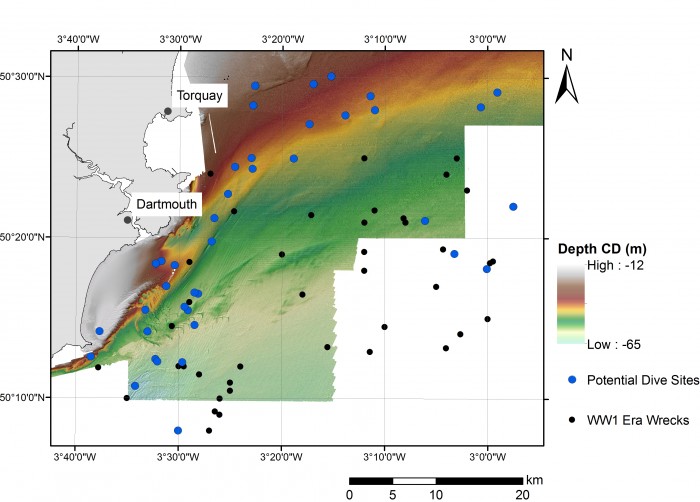
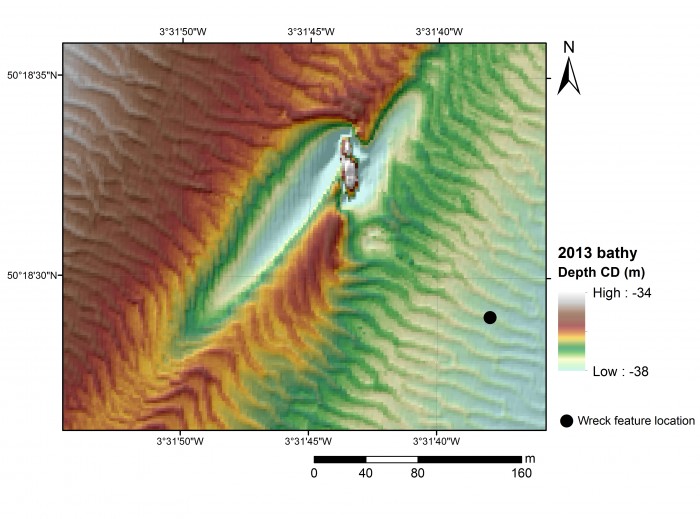
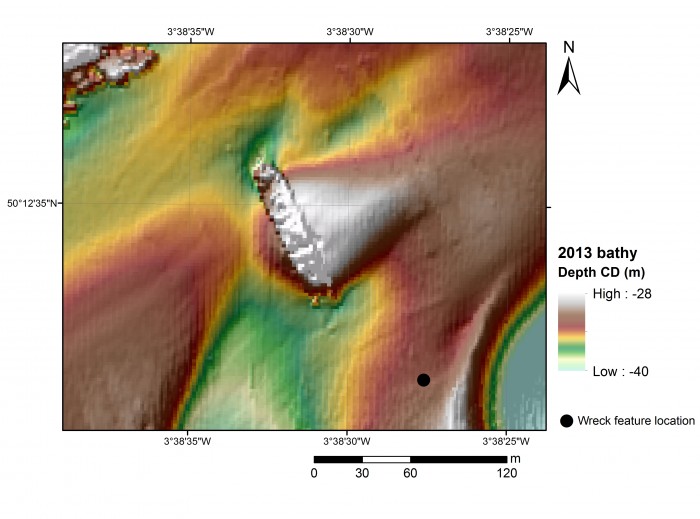
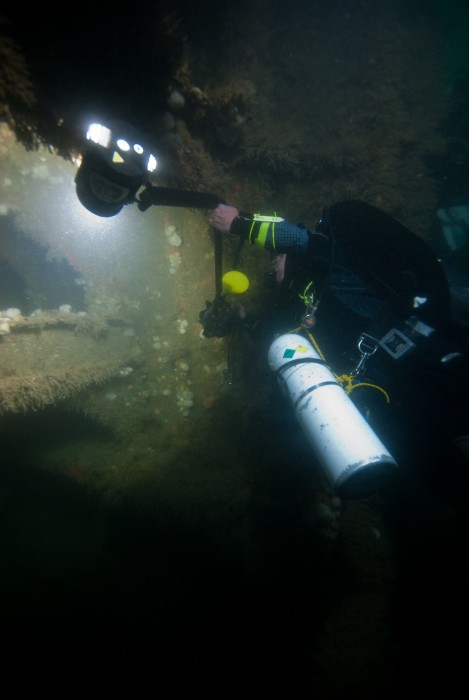
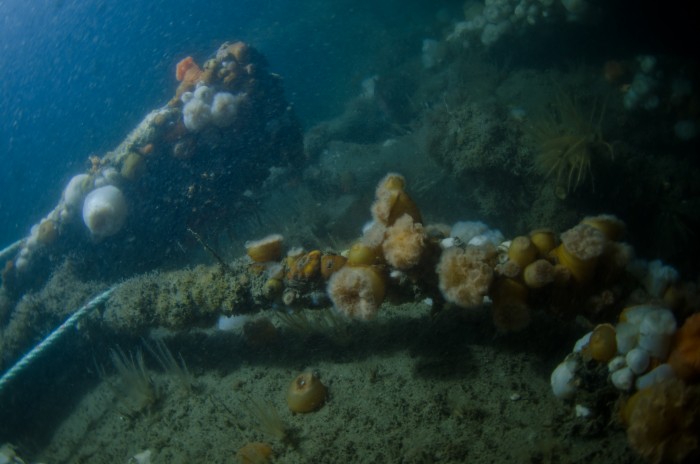
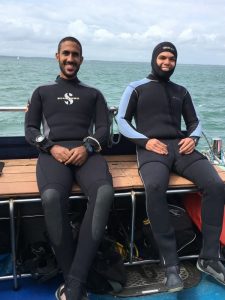
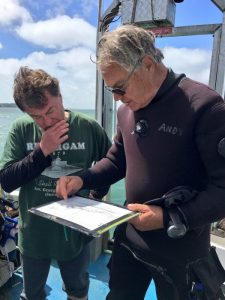 Another day on Bouldnor Cliff reveals another exciting discovery. Garry Momber took part in the day’s first dive, and began to clear away some of the layer of mud covering the site. Underneath this mud he found a series of planks lying parallel to each other. Further dives will include more work on this potential platform, so the archaeologists can try to interpret the feature and its purpose. Yesterday, a diver found and recovered a small piece of flat, pointed timber that may turn out to be the end of a plank. Garry also recovered a small piece of wood, demonstrating the excellent preservation on this site. It is still possible to find organic material that is over 8,000 years old!
Another day on Bouldnor Cliff reveals another exciting discovery. Garry Momber took part in the day’s first dive, and began to clear away some of the layer of mud covering the site. Underneath this mud he found a series of planks lying parallel to each other. Further dives will include more work on this potential platform, so the archaeologists can try to interpret the feature and its purpose. Yesterday, a diver found and recovered a small piece of flat, pointed timber that may turn out to be the end of a plank. Garry also recovered a small piece of wood, demonstrating the excellent preservation on this site. It is still possible to find organic material that is over 8,000 years old!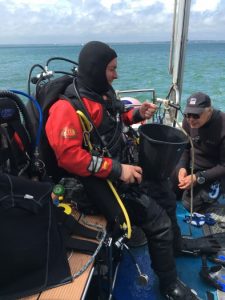 Miguel, Ziad, and Mohamed are still hard at work on the photogrammetric work. Miguel has been acting as underwater photographer, taking pictures of Garry at work and using a 6m x 2m grid to take photos to create a photogrammetric model of the site and some of the exposed timbers. Ziad and Mohamed are doing similar work, both with and without photogrammetric targets. The divers are working hard to ensure they don’t damage any of the exposed timbers as they do their work, and are being careful where they use targets. In places where the timber is fragile, it may be better to work without them. Eventually, the hundreds of photos taken will be combined together. They will be used to create a 3D model of the Mesolithic site, which can be manipulated and interpreted, and used for further study.
Miguel, Ziad, and Mohamed are still hard at work on the photogrammetric work. Miguel has been acting as underwater photographer, taking pictures of Garry at work and using a 6m x 2m grid to take photos to create a photogrammetric model of the site and some of the exposed timbers. Ziad and Mohamed are doing similar work, both with and without photogrammetric targets. The divers are working hard to ensure they don’t damage any of the exposed timbers as they do their work, and are being careful where they use targets. In places where the timber is fragile, it may be better to work without them. Eventually, the hundreds of photos taken will be combined together. They will be used to create a 3D model of the Mesolithic site, which can be manipulated and interpreted, and used for further study.